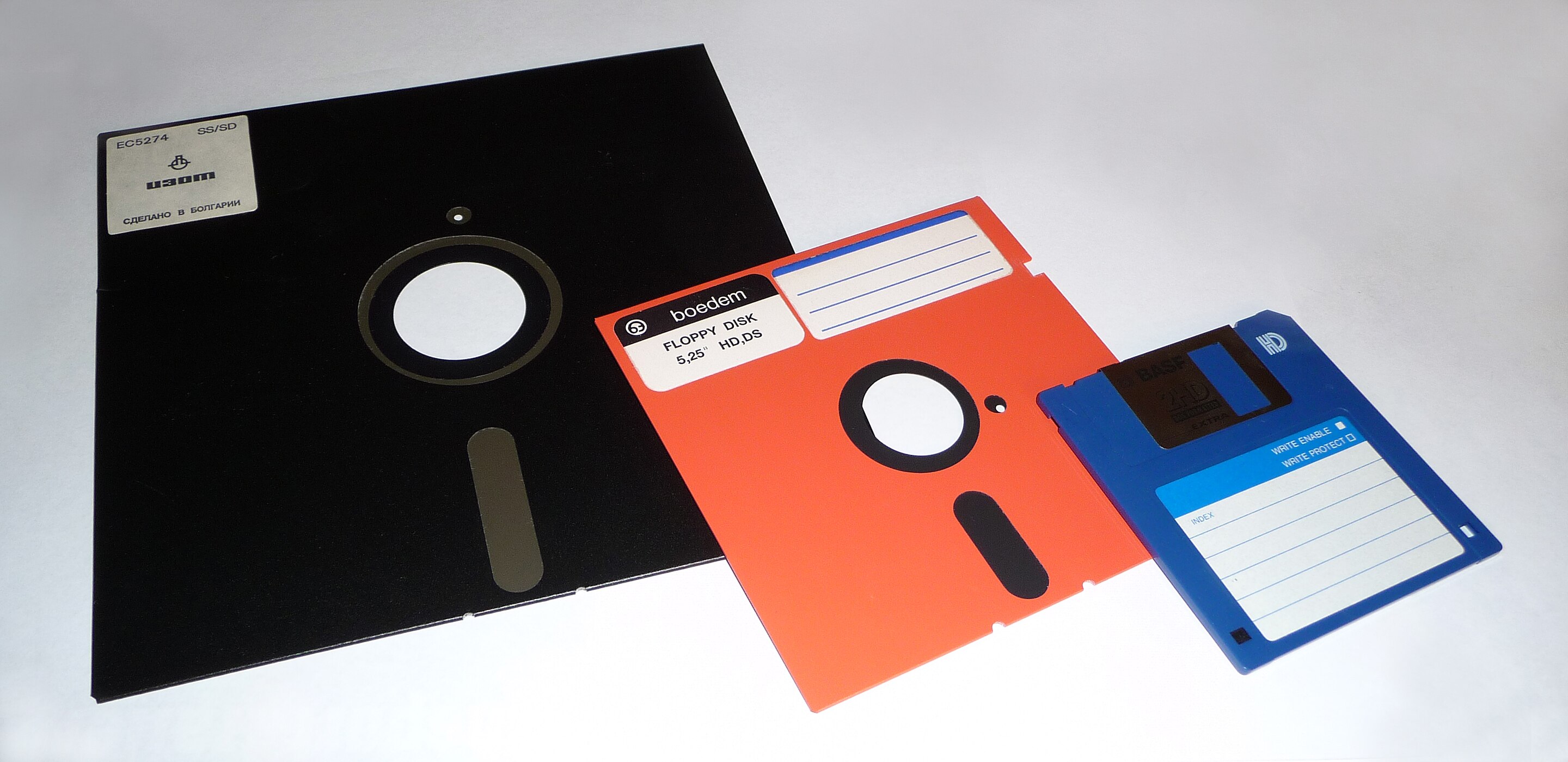I thoroughly enjoy watching video cases. Part of this could be because I am more of a visual learner, but I also like the switch up from having to read article after article.
First of all, I have to say I LOVE the 360 video and am blown away by the possibilities it could bring to the classroom. I was so captivated by the first 360 videos that I decided to focus on Video Case 1: Secondary STEM and then I picked something a little more relevant to me with Video Case 5: Elementary Space Science.
Underlying Issues:
- Time
- Information or Knowledge and Tech Support
Time is something that is a very prevalent factor in many aspects of our profession as educators. It often comes as the first defence in numerous situations where we feel overwhelmed.
As teachers, we desperately need to get away from this notion that we are the information keepers, the brains, the knower of all, in order to effectively teach our 21st century learners. No longer is it possible for us to know all, nor should we as our curriculum in BC now facilitates this switching of thought to make us the facilitators, the coaches, the mentors who can help guide students to acquire the skills and knowledge they need to succeed. With this new understanding and acceptance of our changed role comes a more natural relationship to be built with technology in the classroom. As one of the teachers in Video 1 states, “go in with a flexible approach to what we need to get done and how we’re going to get it done and we always have 2-3 options available”. Teachers need to be problem solvers in some situations while also providing their students with tools to become problem solvers themselves.
Further Questions:
- Where do we find time to explore and play with technology ourselves?
- How can we build appropriate tech support within our districts that facilitate both hardware support, teaching needs, and inspiration models for moving forward?
Response:
I think one of the ways to explore a response to my further questions was discussed in the first video case where teachers were talking about seeking release time to go and visit other schools with models they were interested in and also to talk with other educators about new directions that could and should be taken. In my district we can apply for collaborative grants and I see how this type of teacher inquiry could be very meaningful and impactful. One of the most enriching things about my experience in the MET program has been through connecting with other educators around the province, country, and globe in similar and diverse situations than my own and hearing their triumphs and challenges. Outside of this program, where do we find and build these networks? Social media seems to be one platform to support this desire. What about others? How can we reignite the fire, while being respectful of time, to build better support networks amongst our own colleagues? I look forward to exploring some of these questions in my interviews this week.


